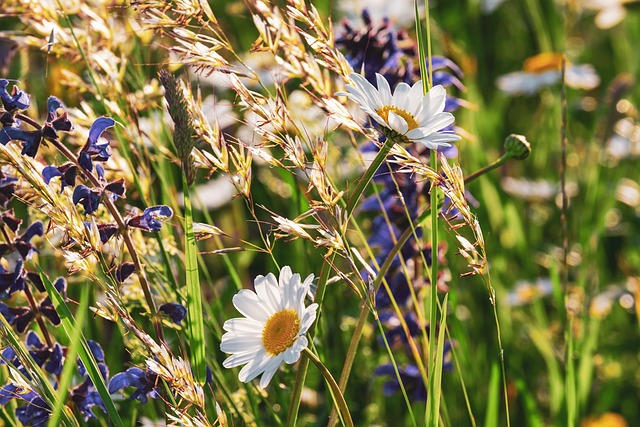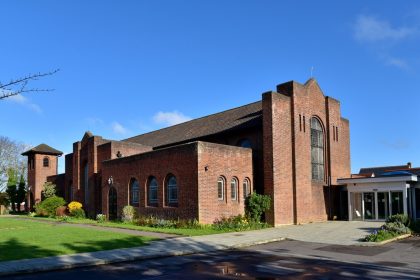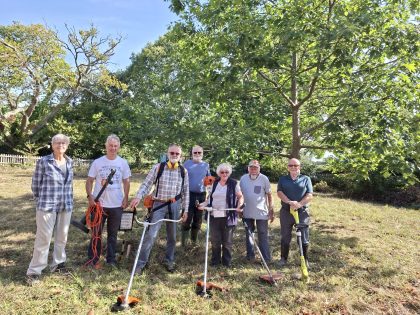We are called, as Christians, to care for the wondrous creation God has provided. For those responsible for churchyards and other shared spaces, this often means encouraging biodiversity, creating a haven for wildlife such as butterflies and bumblebees. In fact, churchyards and cemeteries are often the last refuge in a parish for flowery grasslands, which are becoming an increasingly rare habitat.
So why are such spaces so important? Essentially, flowery grasslands can support a huge range of other wildlife. Both the flowers and plants themselves are a crucial food source for a variety of insects, which in turn are food for other animals such as birds, spiders, bats and hedgehogs. But flowery grasslands are becoming a thing of the past. Due to modern agriculture, it’s been estimated that only 2% of the meadows that existed as recently as the 1930s remain.
This is why, in recent years, there has been such a drive to encourage wild flowers and biodiversity, especially in churchyards. In our diocese, an example of a church embracing this diversity is St Peter and St Paul, Kings Somborne. Parishioners recently decided to undertake a Wildflower Meadow Trial, despite a few initial reservations.
When the idea of a wildflower meadow in their churchyard was first mentioned in 2021, it was argued that some families may not want gravestones of family members to be overgrown in the summer. Others said that wedding groups might not be keen on having an overgrown churchyard scene as a background to their wedding photos or at other functions.
With these points in mind, a trial was proposed, with three trial areas in the churchyard area behind the church, away from the main access and areas used for events. The trial areas would each be about two square metres, and areas around adjacent gravestones would be strimmed during the summer months. These areas would be marked with wooden pegs, and it was decided that a small weather proof information board would be erected nearby in the churchyard.
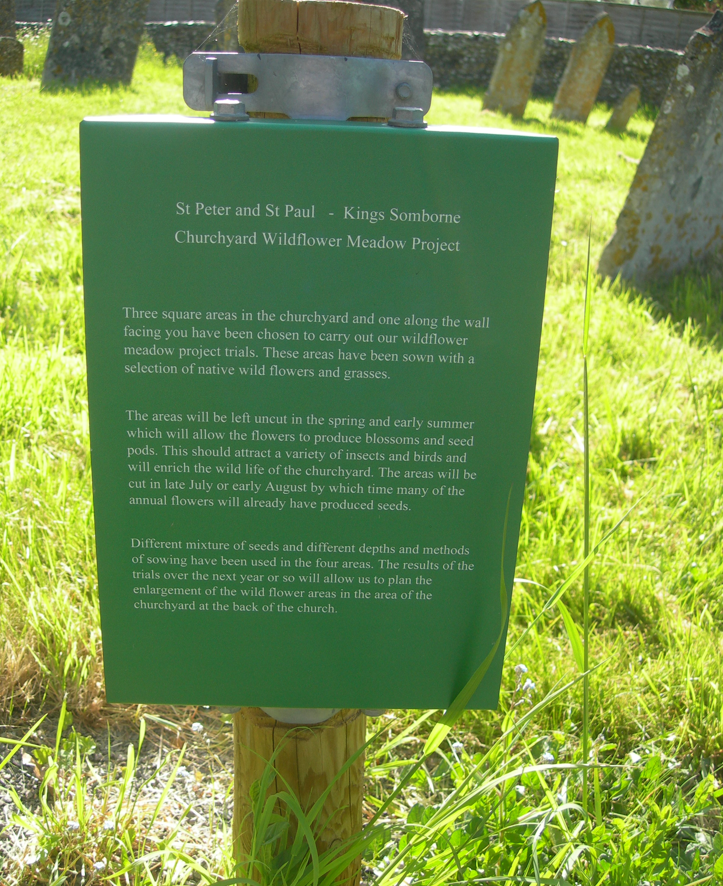
At the start of the trial, the parish fundraised within the local community to finance purchase of seeds, materials and signage. Different methods of preparation and sowing were then used in the three trial areas which were essentially left uncut between March and early August, with regular cutting starting back up until the following March. Some areas were sown with wild flower seed mixtures and yellow rattle, while another area was not sown, but left to see what flowers would grow naturally – a method described on the Caring for God’s Acre website.
The church is now into the second summer of the three year trial. So far, the best performing patch of graveyard has seen growth of yellow rattle, ox-eye daisy and red campion as well as snowdrops, primroses and cowslips. The success of this area has been attributed to the fact that it has full sun at all times. The less well performing areas are part or fully shaded, which puts them at a disadvantage, as does the fact that there is strong grass growth indicating fertile soil – most experts indicate that wild flower growth is best in areas with poor nutrition in the soil. To achieve this poor nutrition, it’s important to remove all cuttings when cut, to prevent the nutrition in the cuttings returning to the soil. Bear in mind though that it may take several years to gradually deplete the soil nutrition by this method!
Yellow rattle, with its small yellow flowers, is a good plant to have in the wild flower areas as it does not have its own root system but grows as a parasite on grass roots and thus reduces grass leaf growth. It is not a perennial, but relies on natural reseeding prior to the cut in early August. This process can be helped by ensuring that all seeds have dropped from the seed pods when they are removed after the August cut.
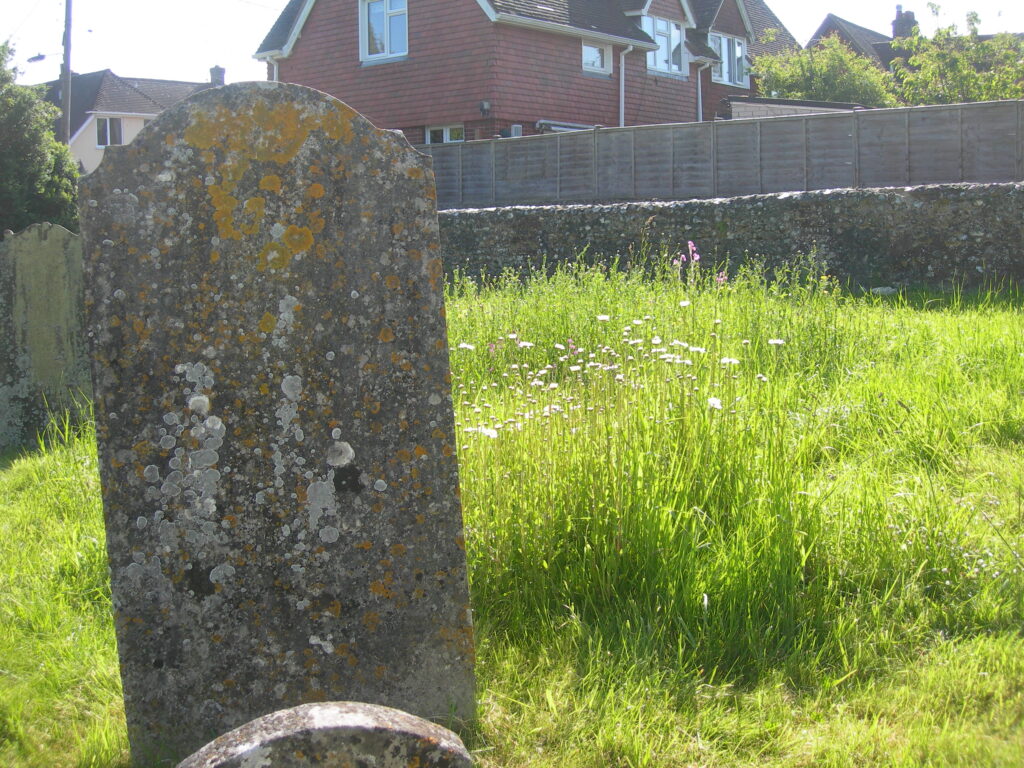
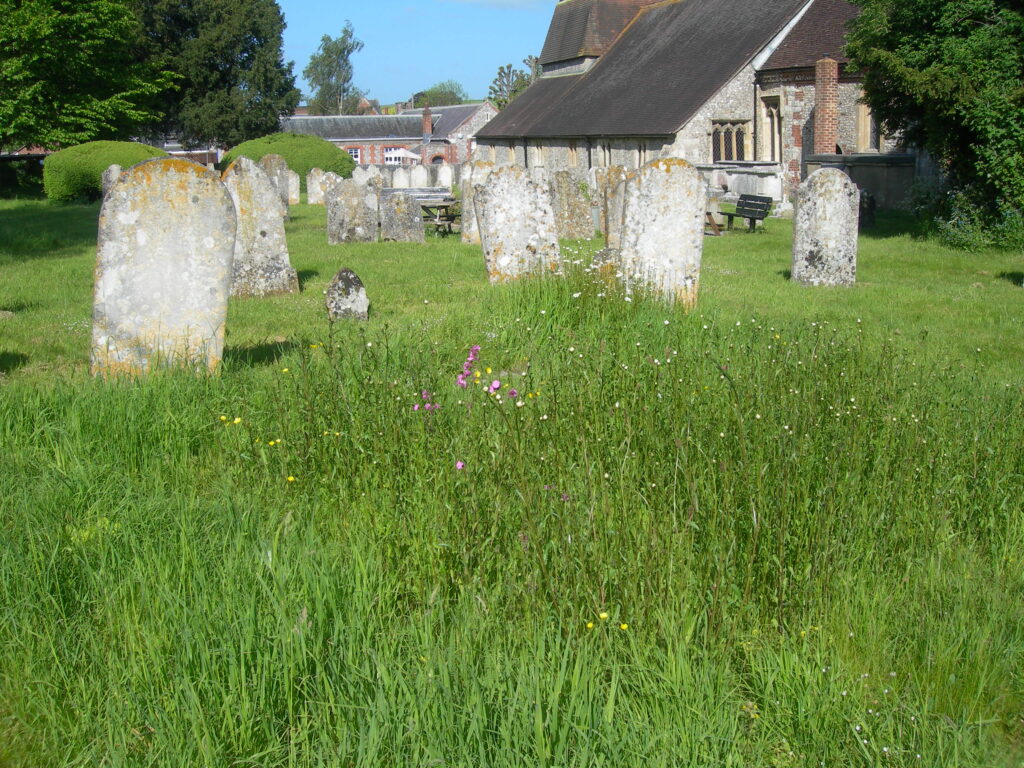
During the trial period, those involved with the project have worked closely with the gardener, who cuts the grass and looks after the churchyard, to co-ordinate their own work in terms of strimming and collecting cuttings in the trial areas.
At the end of the three year trial period, and if it is deemed a success, the church of St Peter and St Paul should be in a good position to hire a team to greatly extend the wild flowers areas. Alternatively, they may choose to gradually extend the trial areas over a period of many years, with volunteers carrying out the strimming and collecting work.
Best practice suggests that if around 30% of the churchyard area is covered with wild flowers, this will represent a significant increase in biodiversity with a good range of colourful flowers to encourage birds, insects, butterflies and animals. To get an idea of their current position, St Peter and St Paul will shortly be undertaking the Churches Count on Nature scheme in the churchyard, which will provide a report of plants, flowers, animals, insects and birds.
If you’d like to get an idea of what wildlife lives in your churchyard, you can also sign up for the Churches Count on Nature scheme! The Church of England website also offers advice on how to conduct your own survey, as well as how to encourage wildlife in your churchyard.

